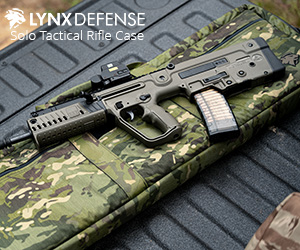I finally made my first hundred rounds today. I used my Lee Classic Turret press with Lee Deluxe 45 acp dies, an AWS digital scale, and General brand digital calipers. I noticed my primed Magtech brass varried by as much 1.35gns. The Rainier 230gn JHP varied in seating by +/-0.003 without adjusting the dies! The IMR 700-x is a PITA to use with a Lee Pro Auto-disk Powder measure, so I charged with it, then added or removed on the digital scale to charge more accurately. The scale I bought measures in 0.02gn increments; but, I can place the charged case on the scale to get a reading, then remove the case and put it back and I commonly get a slightly different reading(+/-0.04gn)!
Are these amounts of variation in seating depths and powder weights(on the scale, not the auto-disk) normal? What is the maximum safe standard deviation?
Are these amounts of variation in seating depths and powder weights(on the scale, not the auto-disk) normal? What is the maximum safe standard deviation?






